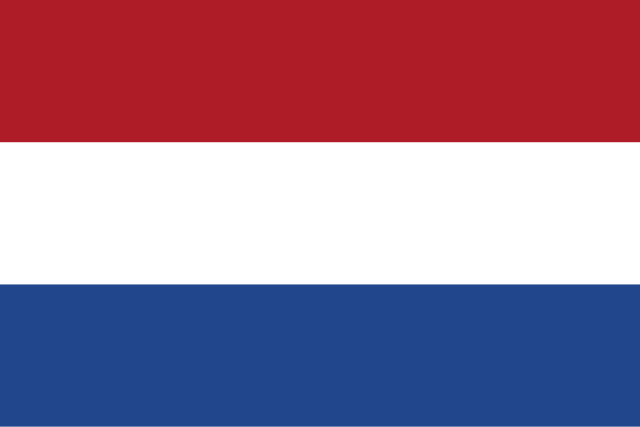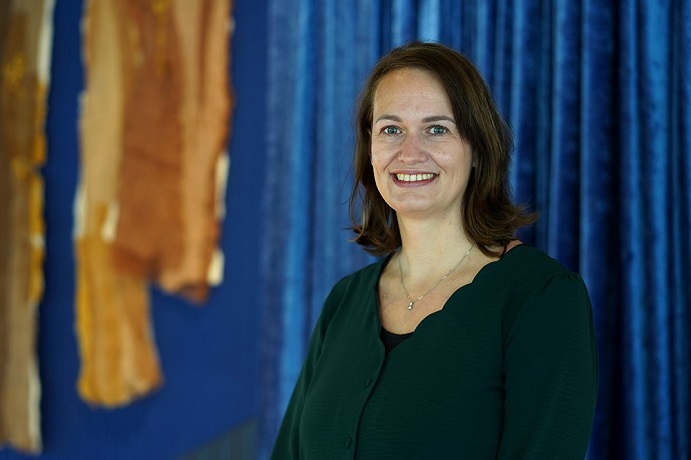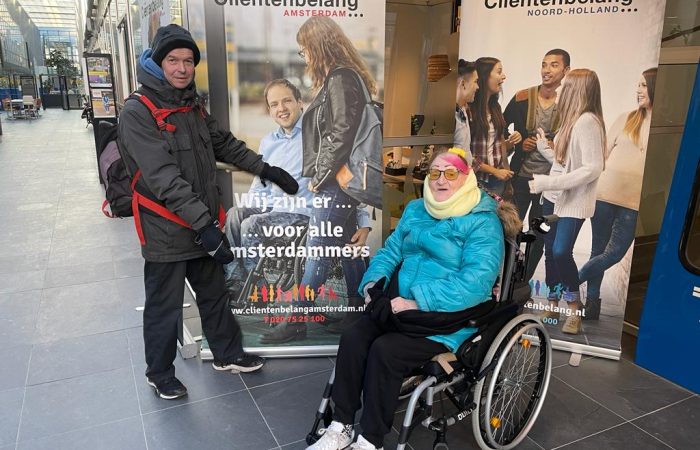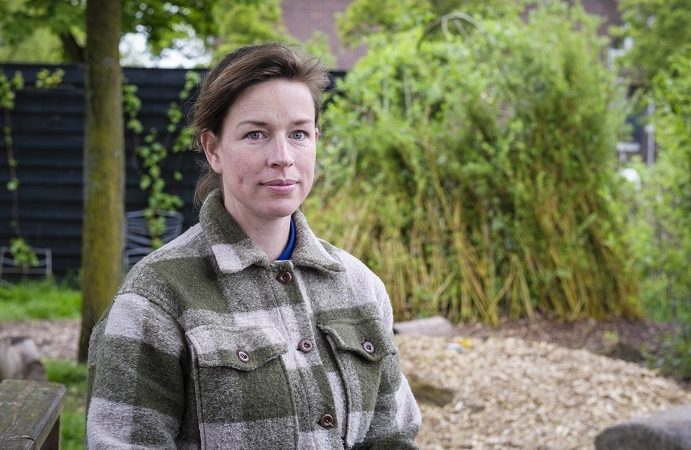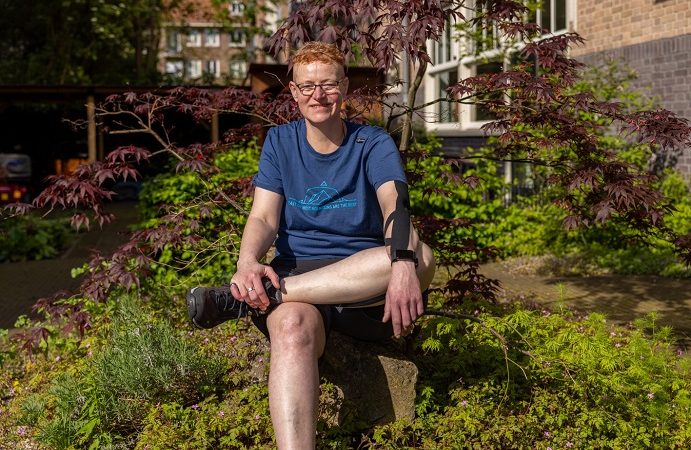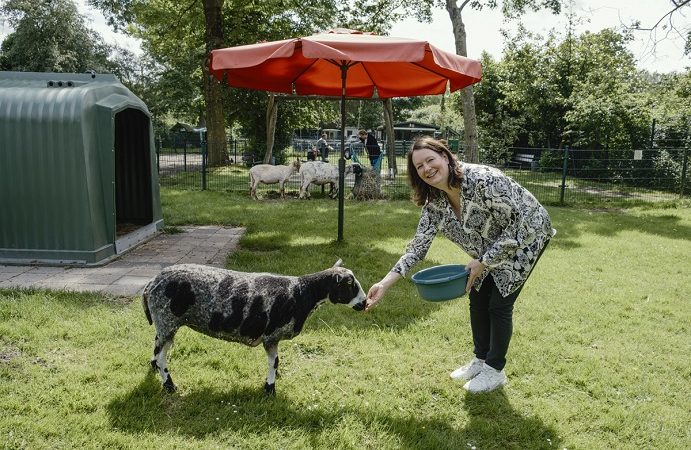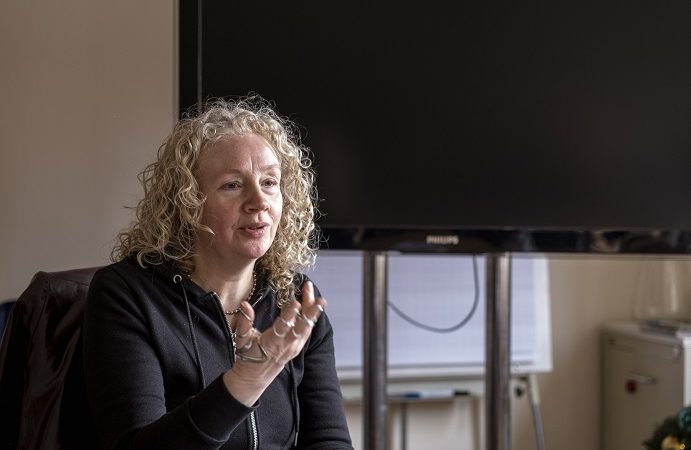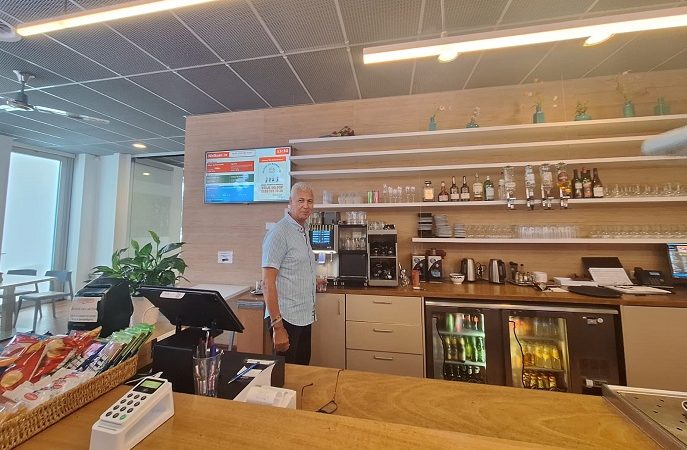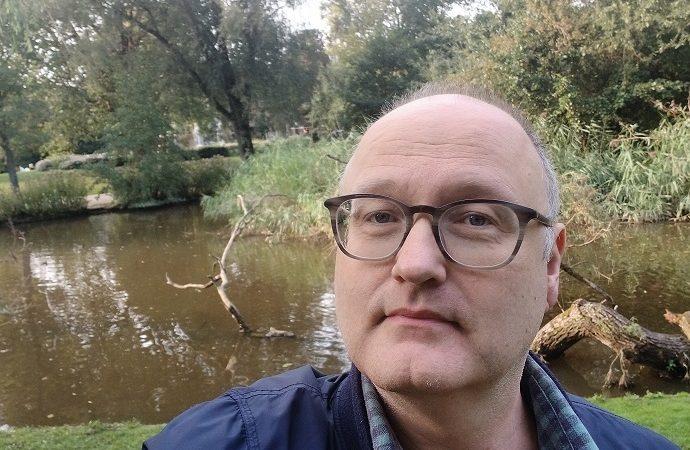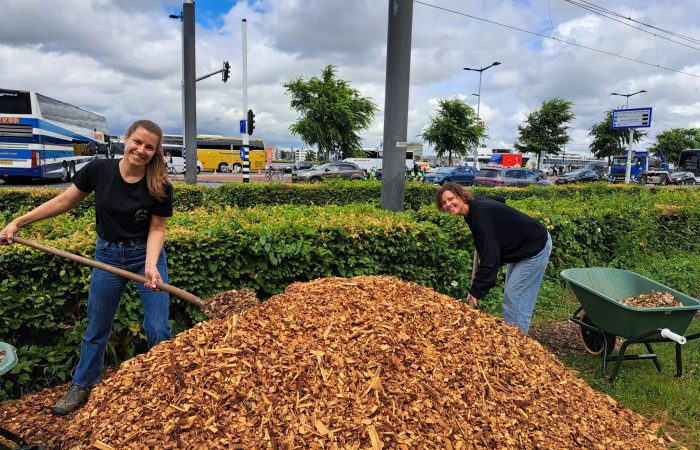Clientenbelang is committed to people with disabilities, chronic illnesses, vulnerable elderly, and caregivers.
Volunteer Aaldrik researches Amsterdam history for Cultural-Historical Association
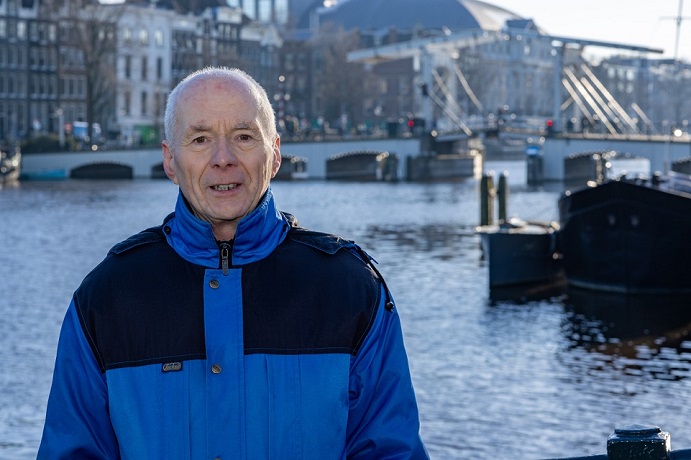
Those who have a passion can express it in a city like Amsterdam. This certainly also applies to Aaldrik Zaaiman. He has been dedicating himself for morefor 50 years as a volunteer for the culture and history of the city. After initially working as a volunteer photographer for another cultural-historical organization, he founded the Amsterdam Cultural-Historical Association (ACHV) himself in 2012. He has been its chairman ever since.The rich knowledge that has been gathered over the years about Amsterdam is concentrated in the ACHV. Much of this knowledge has been acquired in the past 50 years by Aaldrik Zaaiman, a man with a great interest in our capital. Thanks to his fascination with Amsterdam, the Amsterdam Cultural-Historical Association exists. This association shows old and young, former and future Amsterdammers the city in a new way.
Curious
The lectures, excursions, and courses organized by the association introduce you to the history of the city. With this information, you will have the tools that can help you explore the interesting places on your own. “To get to know the city, you have to go in with open eyes and an open mind. Be curious about what you see. When I walk through a city, I am curious about the alleyways. I occasionally walk through a gate to see what is behind it. In Amsterdam, there are also many nice alleyways, but you have to know how to find them.”
New history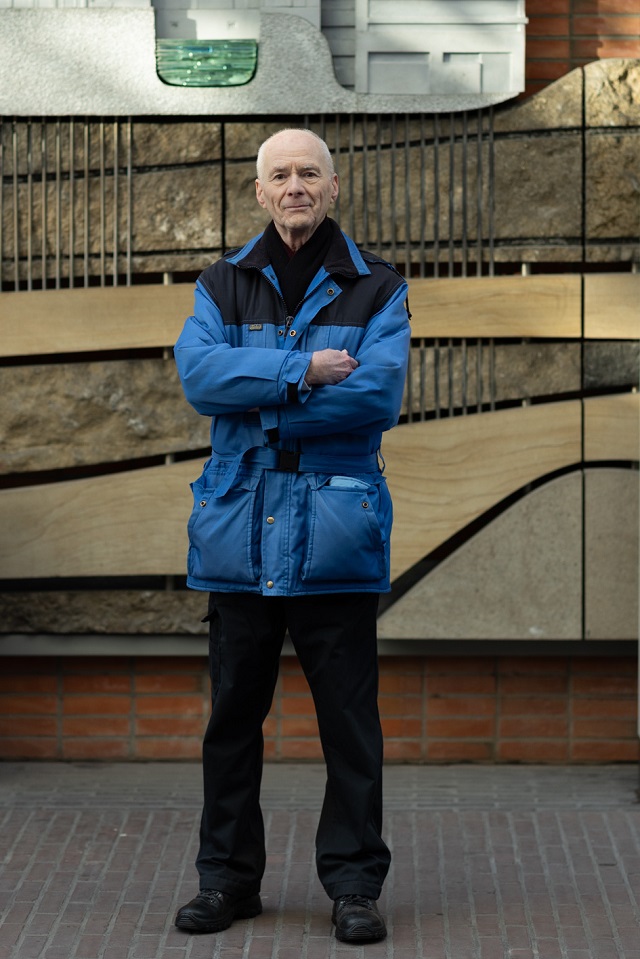
Keeping one’s eyes open, for example in the Jordaan, one can see a gable with the name De Palmboom. The image does not resemble a palm at all, but rather looks like a pine tree. Aaldrik explains that this is because at the time this image was created, few people had ever seen a palm tree themselves. The artist probably heard about how a palm tree roughly looks like and then created an image based on that.
The canal belt also attracts a lot of attention, with its leaning houses and classical facades. The canal belt is now on the World Heritage List, but according to Aaldrik, this was not the case in the 17thSorry, but I need more context or text to provide a translation.It hasn’t happened in a century. “A lot has changed in 400 years, look at the facades for example. You can distinguish the step gable, neck gable, and crow-stepped gable. These different styles originate from different times. We say ‘oh, how beautiful’ about the end result. But the canal belt has not always been like this.” Even now, we continue to build the new history and culture of Amsterdam. When is a new building a beautiful building? “A building is beautiful when, after 50 years, we decide we want to restore it. If we then want to demolish it, it was an ugly building.”
Unbelievable Stories
Aaldrik collects information about the old and new buildings of Amsterdam and writes about them on Wikipedia for Amsterdam: Wik-I-Amsterdam. Check out the impressive collection of knowledge atthe website“I enjoy researching stories about the buildings in Amsterdam. I investigate the connections between different properties and come across unlikely tales. According to Aaldrik, he spends about 60 hours a week gathering information for the website. He can do this because he finds it enjoyable work. ‘I always want to do work that I enjoy. If I don’t like it: stop. I used to go to my job whistling and come back whistling.'”
Do as a volunteer what you enjoy
Even whistling, Aaldrik has been active as a volunteer in Amsterdam for over 50 years. He started in 1973 as a photographer for another historical association. Since then, he has always remained active. In 2012, he founded the Amsterdam Cultural-Historical Association, of which he is also the chairman. “I do this because I enjoy doing something and because the subject appeals to me. I also occasionally join the walks myself, to learn what there is to see and what I should take into account on the website. You have to keep learning.” As advice to future volunteers, he especially wants to emphasize doing something they enjoy. “As a volunteer, do something different from what you do as paid work, because you want to be paid for that. Find a subject that suits you and do something with it.”
Want to know more about volunteering in Amsterdam North? Contact VCA via [contact].w.post@vca.nuor by phone number 06-11283285.Text: Djoeke van Belle
Image: Marcel Jansen
